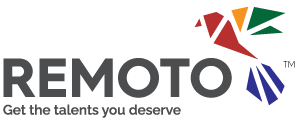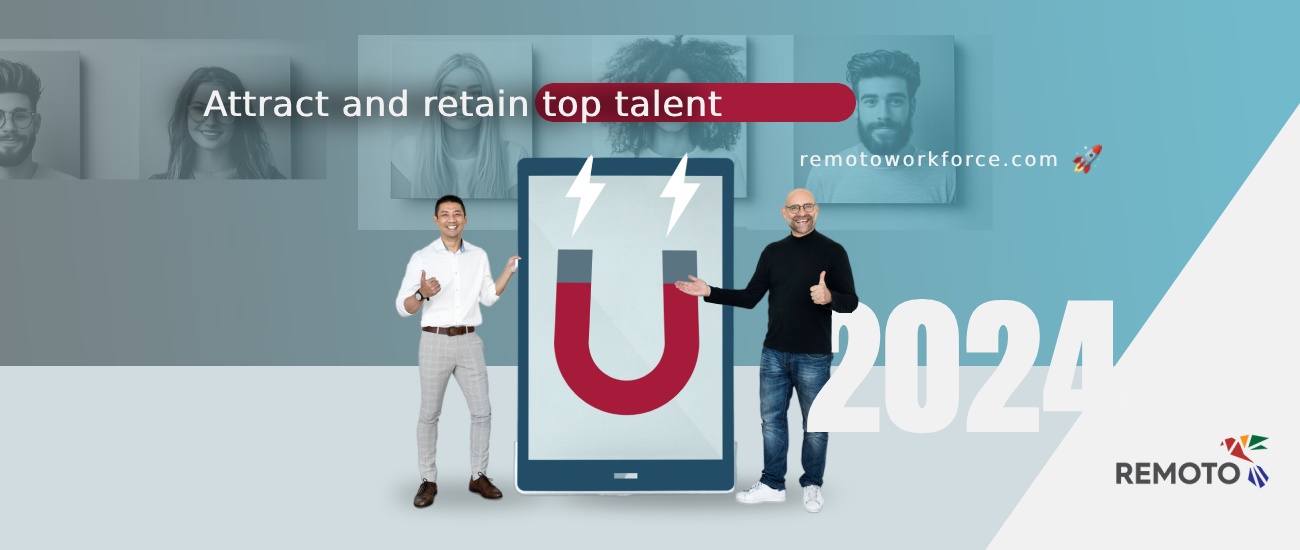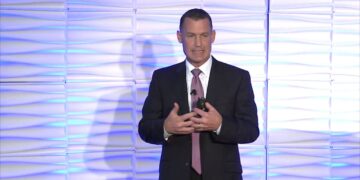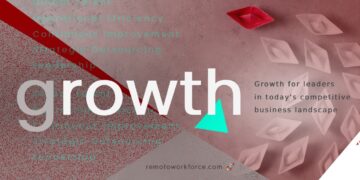The race for top talent is fiercer than ever. In today’s competitive job market, companies need to attract the best and brightest employees. They also need to make sure that those employees stay with them for a long time.
Employee retention has become as critical as recruitment. Balancing recruitment, retention, and overall employee satisfaction is a challenge that requires a well-thought-out strategy. Companies can no longer rely only on pay to attract talent. They need to build a complete value proposition that meets the changing needs of the modern workforce.
In this post, we’ll explore key strategies for attracting and retaining top talent. We’ll address the current landscape, the importance of a compelling employee value proposition (EVP), and practical approaches to ensuring your team stays engaged and motivated.
The Current Talent Landscape: What You Need to Know
The global pandemic shifted the way businesses operate and transformed how we approach work.
Employees now expect more from their workplaces, including flexibility, meaningful engagement, and a sense of purpose. The days when a paycheck was enough to attract and retain talent are long gone. Today, companies must offer more, both in terms of tangible benefits and a positive, supportive work culture.
The current job market is more competitive for skilled workers, especially in areas like technology, healthcare, and finance.
Remote work is becoming more common. This means that talent is no longer limited by where they live. This means that employees can choose from many different employers. This means companies need to work harder to stand out in a crowded field.
Several trends have emerged, reshaping the way companies approach talent acquisition and retention. The demand for flexible work arrangements—whether remote, hybrid, or flexible hours—has skyrocketed.
Technology has also made it easier to find good employees. But they have also made people expect more from potential employees in terms of their skills and ability to change.
Moreover, the quest for meaning and purpose has grown, with many job seekers prioritizing roles that align with their personal values.
A strong employer brand is no longer optional. Companies with a well-defined employer brand are more likely to attract top talent, as job seekers are increasingly researching companies before applying.
Organizations that showcase their company culture, mission, and values are better positioned to stand out and attract candidates who align with their vision.
Building a Compelling EVP
Your EVP is the cornerstone of your talent acquisition strategy. It’s the total package you offer employees—not just the salary but also the company culture, benefits, growth opportunities, and work-life balance. A strong EVP answers the question, “Why should someone work for us instead of our competitors?”
A well-crafted EVP communicates the unique opportunities your company offers while aligning with the needs and desires of today’s workforce. It’s a powerful tool that can help you stand out in a competitive job market. It can help you get the right candidates and keep them interested.
While competitive pay is important, it’s not the only factor that attracts top talent. Workplace culture, professional development opportunities, and flexibility are increasingly becoming non-negotiables for candidates. Offering remote work options, training programs, and career growth plans shows candidates that you care about their well-being and future.
Effective Strategies to Attract Top Talent
Do you want to learn how to attract top talent? We tell you how!
Develop a Strong Employer Brand
A solid employer brand starts with a clear understanding of your company’s mission, culture, and values.
Use your brand to tell a story about what it’s like to work for your company, and ensure this narrative is reflected consistently across your website, social media, and recruitment channels like LinkedIn and Glassdoor.
Showcase real employee testimonials and behind-the-scenes looks at your workplace to give potential candidates an authentic view of your company.
Offer Flexible Work Arrangements
Flexible work arrangements are no longer a nice-to-have; they’re a must-have for attracting talent.
Remote work and hybrid models are highly sought after, and companies that fail to offer this flexibility will lose out on top candidates. Flexible schedules that fit personal and family needs are becoming more important for keeping work-life balance.
Leverage Employee Referral Programs
Your current employees can be your best advocates. Employee referral programs are a good way to bring in good candidates. They come from people who already know your company culture. Offer incentives to employees for successful referrals and promote a sense of ownership in the recruitment process.
Provide Competitive Salaries and Benefits
While salary alone won’t secure top talent, it remains a key factor. Ensure your compensation is competitive by staying informed of industry benchmarks and market trends.
But don’t stop there: Complement salaries with robust benefits packages, including health and wellness programs, retirement plans, and mental health support. These perks show candidates that you care about their overall well-being, not just their work output.
Key Strategies for Retaining Top Talent
Retaining talent is certainly important. We tell you how to keep your employees happy!
Prioritize Professional Development
Top talent wants to grow. Offering professional development opportunities—whether through in-house training, certifications, or external courses—keeps your employees engaged and helps them build new skills.
Set up mentorship programs to guide career progression and encourage employees to take on stretch assignments that challenge them beyond their usual responsibilities.
By creating a clear pathway for career advancement, you demonstrate that your company is invested in your employees’ future, which in turn encourages loyalty and retention.
Create a Positive Company Culture
A thriving company culture is essential for retaining top talent. Employees who feel connected to their colleagues and valued by their employers are more likely to stay.
Encourage open communication, psychological safety, and team-building activities to foster a sense of belonging. Implement diversity, equity, inclusion, and belonging (DEIB) initiatives to create an inclusive environment where everyone feels they can thrive.
Recognize and Reward Employee Contributions
Employees need to feel valued for their contributions. Regularly recognizing achievements—whether through peer-to-peer recognition, manager shout-outs, or formal awards—boosts morale and keeps employees motivated.
Tailor your recognition programs to individual preferences—some may prefer public recognition, while others appreciate a private note of thanks. Tangible rewards like bonuses, incentive programs, and career advancement opportunities are also highly effective.
Provide Clear Career Advancement Opportunities
Ambitious employees are looking for growth. Promote from within whenever possible and offer clear pathways for advancement. By outlining career progression plans that align with both individual and organizational goals, you create a win-win scenario: employees see a future with your company, and you benefit from a highly skilled, motivated workforce.
Measuring and Monitoring Employee Engagement
Measuring employee engagement is critical for retention. Disengaged employees are more likely to leave, while highly engaged employees are more productive and loyal.
Use employee engagement platforms to regularly assess the pulse of your workforce. Tools like pulse surveys, 360-degree feedback, and AI-powered chatbots provide valuable insights into what’s working and what’s not.
Spotting early signs of disengagement can help you retain top talent. Common red flags include reduced productivity, lack of enthusiasm, and increased absenteeism. Once identified, take immediate steps to re-engage employees, whether through additional support, professional development opportunities, or addressing workload imbalances.
Regular feedback sessions provide a platform for employees to voice their concerns and suggest improvements. Actively listen to your team and implement changes where necessary. A proactive approach to engagement shows employees that their opinions matter, fostering a sense of ownership and commitment.
Conclusion
Attracting and retaining top talent in a competitive market requires a holistic, multi-faceted approach.
A compelling Employee Value Proposition, a positive company culture, professional development opportunities, and a robust recognition program are all key components of a successful talent strategy.
By focusing on these elements and continuously monitoring employee engagement, companies can build a loyal, high-performing workforce that thrives.














